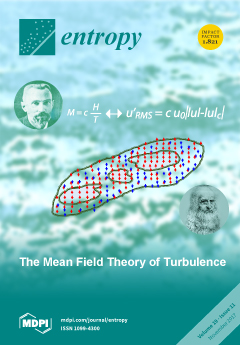The paper introduces the notion of “metacomputable” processes as those which are the product of computable processes. This notion seems interesting in the instance when metacomputable processes may not be computable themselves, but are produced by computable ones. The notion of computability used here relies on Turing computability. When we talk about something being non-computable, this can be viewed as computation that incorporates Turing’s
oracle, maybe a true randomizer (perhaps a quantum one). The notions of “processes” is used broadly, so that it also covers “objects” under the functional description; for the sake of this paper an object is seen as computable if processes that fully describe relevant aspects of its functioning are computable. The paper also introduces a distinction between phenomenal content and the epistemic subject which holds that content. The distinction provides an application of the notion of the metacomputable. In accordance with the functional definition of computable objects, sketched out above, it is possible to think of objects, such as brains, as being computable. If we take the functionality of brains relevant for consideration to be their supposed ability to generate first-person consciousness, and if they were computable in this regard, it would mean that brains, as generators of consciousness, could be described, straightforwardly, by Turing-computable mathematical functions. If there were other, maybe artificial, generators of first-person consciousness, then we could hope to design those as Turing-computable machines as well. However, thinking of such
generators of consciousness as computable does not preclude the stream of consciousness being non-computable. This is the main point of this article—computable processes, including functionally described machines, may be able to generate incomputable products. Those processes, while not computable, are metacomputable—by regulative definition introduced in this article. Another example of a metacomputable process that is not also computable would be a true randomizer, if we were able to build one. Presumably, it would be built according to a computable design, e.g., by a machine designed using AutoCAD, that could be programmed into an industrial robot. Yet, its product—a perfect randomizer—would be incomputable. The last point I need to make belongs to ontology in the theory of computability. The claim that computable objects, or processes, may produce incomputable ones does not commit us to what I call
computational monism—the idea that non-computable processes may, strictly speaking, be transformed into computable ones. Metacomputable objects, or processes, may originate from computable systems (systems will be understood here as complex, structured objects or processes) that have non-computable admixtures. Such processes are computable as long as those non-computable admixtures are latent, or otherwise irrelevant for a given functionality, and they are non-computable if the admixtures become active and relevant. Ontology, in which computational processes, or objects, can produce non-computable processes, or objects, iff the former ones have non-computable components, may be termed
computational dualism. Such objects or processes may be computable despite containing non-computable elements, in particular if there is an on and off switch of those non-computable processes, and it is off. One kind of such a switch is provided, in biology, by latent genes that become active only in specific environmental situations, or at a given age. Both ontologies, informational dualism and informational monism, are compatible with some non-computable processes being metacomputable.
Full article






